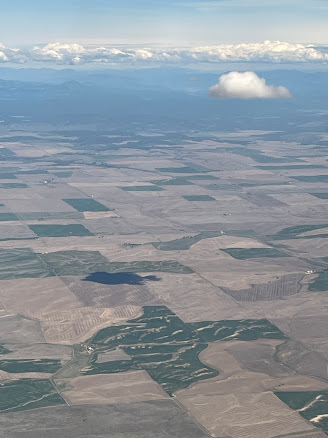
Even if you’ve never used a Swiss Army Knife, I’d bet that some in your family have one and use it regularly. That little pocket tool is just that useful.
That’s why some compare Google to your Internet Swiss Army Knife. Certainly there is not just one all-purpose tool (think kitchen gadgets and pans) but Google for genealogy comes close to fitting that definition.
How do I use Google? (How do YOU use Google?)
*Google is my home page
*Google is my favorite web browser
*Gmail is my email provider of choice
*Google offers each person several free accounts
*Google lens helps me identify rocks and plants
*Google translate helps me with languages
*Google drive offers free cloud storage of my documents and lessons
*Google photos stores my photosGoogle offers YouTube!!
With YouTube I can go anywhere in the world and learn about just about anything that piques my interest. Yepper, Google is my favorite Internet Swiss Army Knife. If not Google, what is your favorite???















